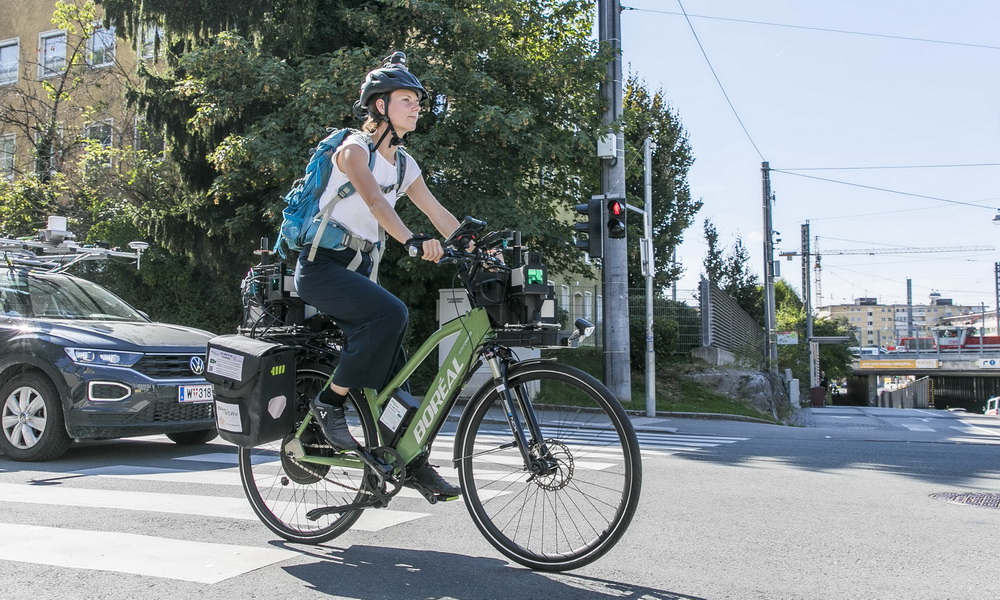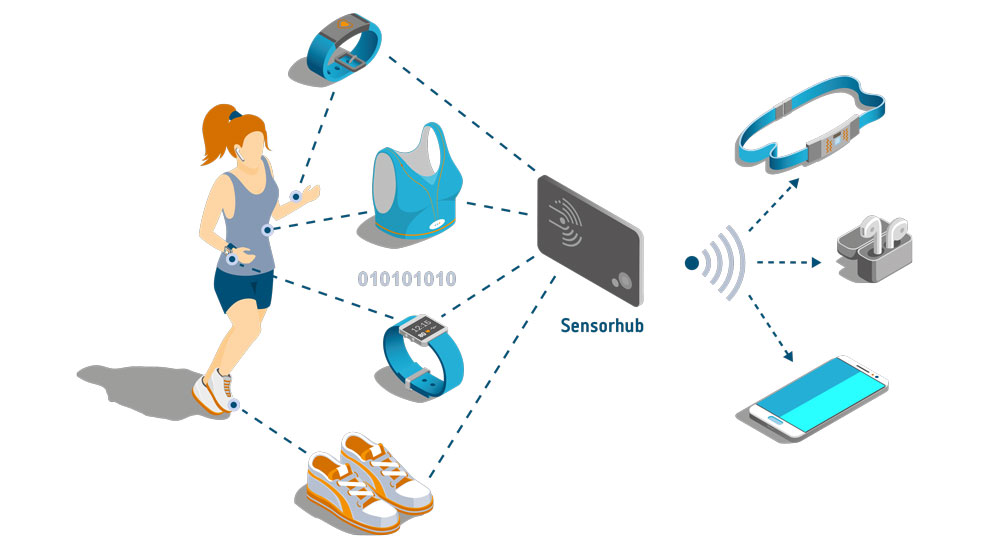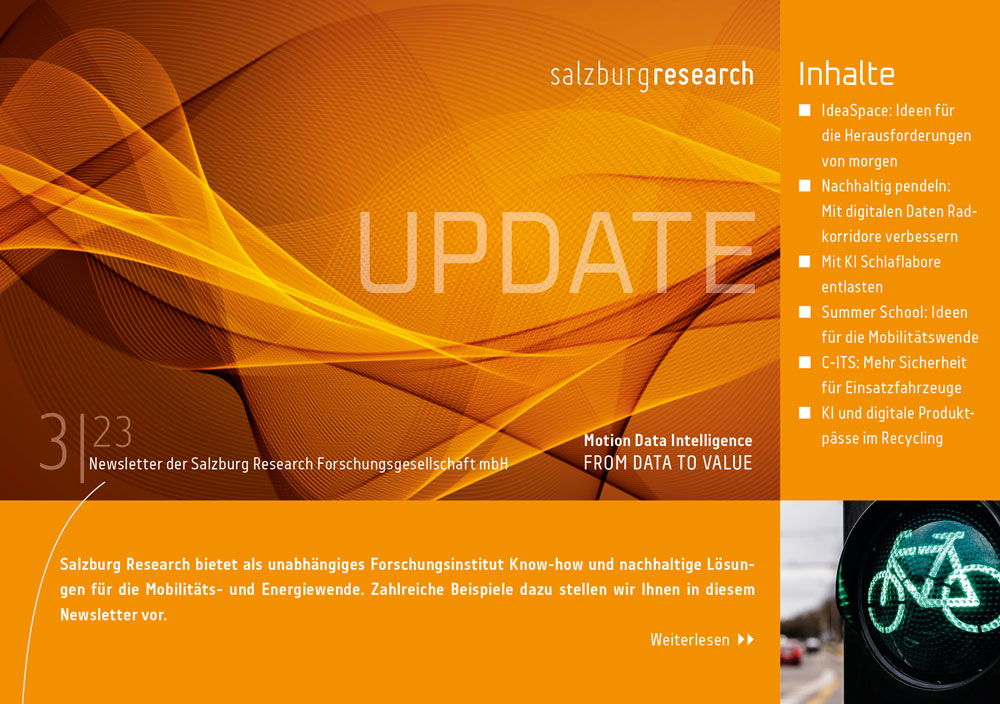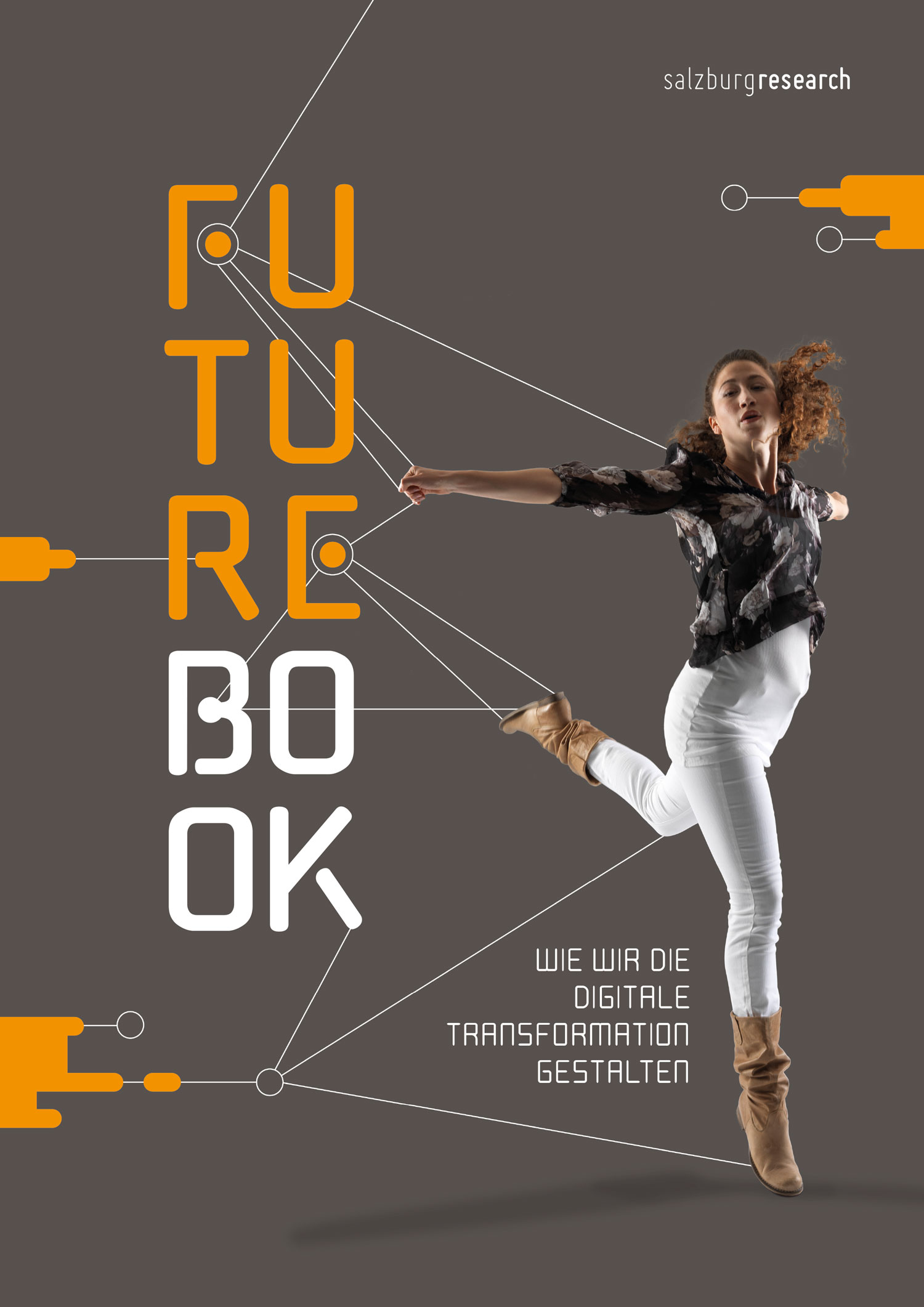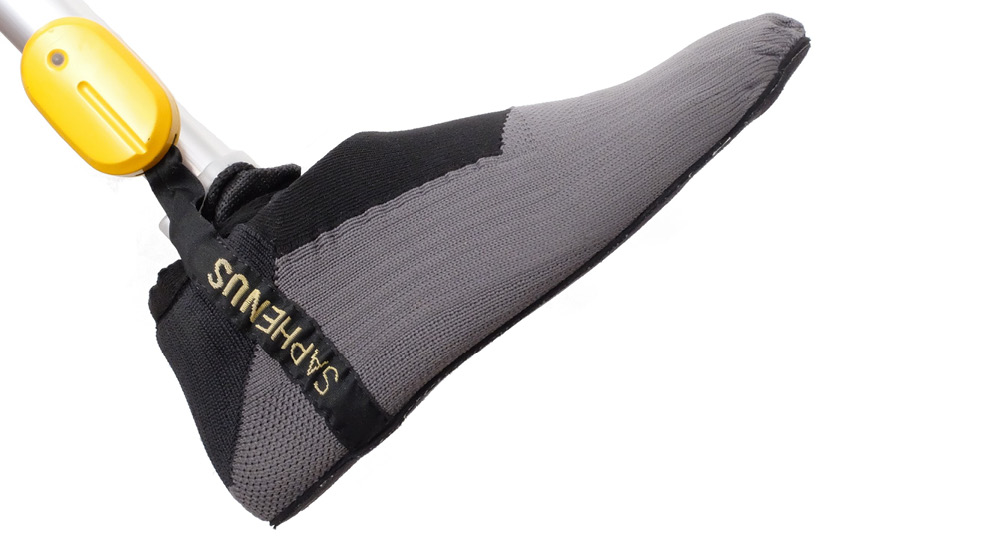
Rehabilitation in case of leg amputation: Mobile gait analysis in everyday life enables remote care
The analysis of unhealthy gait patterns is an important basis for developing appropriate measures to improve the quality of life of leg amputees. A new portable sensor system makes it possible to collect data in everyday life. Researchers from the Salzburg Research Forschungsgesellschaft proved in a study that the mobile system can keep up with the previous gold standard.
The human gait pattern varies greatly from person to person. It develops and changes due to physical conditions, life circumstances and behaviour as well as the development of individual techniques. Essential categories for a harmonious and flowing gait pattern are left-right symmetry and dynamics.
Amputations change the biomechanical characteristics and thus the gait pattern. Atypical walking requires up to twice as much metabolic energy as typical walking. The analysis of unhealthy gait patterns is therefore very important in order to be able to develop measures to improve the quality of life of those affected. Inpatient gait analysis is therefore an essential part of rehabilitation: prosthesis wearers walk a few steps on a diagnostic mat as part of the current gold standard.
In order to move from this laboratory situation to a more meaningful diagnosis for everyday life, researchers from Salzburg Research have further developed a portable sensor system and evaluated it with regard to scientifically durable results.
From inpatient to outpatient: Everyday data help with rehabilitation
For mobile gait analysis in everyday life, the existing Suralis feedback system from Saphenus was adapted into a data recording system consisting of an inertial measurement unit (IMU) and a pressure measurement sock. Salzburg Research developed algorithms to calculate the stance phase duration and the difference between the left and right leg. The algorithm was evaluated in both prosthesis wearers and healthy adults.



The results confirm: The wearable system is a suitable option for mobile gait analysis. “Leg amputees could wear the system in everyday life and send the measurement data remotely to the supervising doctor. In contrast to the few steps in the laboratory, the significantly larger data set could lead to better diagnostics and thus better care in rehabilitation,” says Severin Bernhart, from the research institute Salzburg Research, which specialises in movement data analysis.
In the future, the mobile sensor system could enable spatio-temporal measurements of gait in everyday environments to support leg amputees in rehabilitation and also enable remote care. For this purpose, suitable interfaces will be developed to enable feedback for those affected on the basis of reliable data collected in everyday life.
More information:
- Success Story: Mobile gait analysis in everyday life for prosthesis users
- Publication: Severin Bernhart, Stefan Kranzinger, Alexander Berger, Gerfried Peternell (2022): Ground Contact Time Estimating Wearable Sensor to Measure Spatio-Temporal Aspects of Gait. In: Sensors 2022, 22, 3132. https://www.doi.org/10.3390/s22093132


